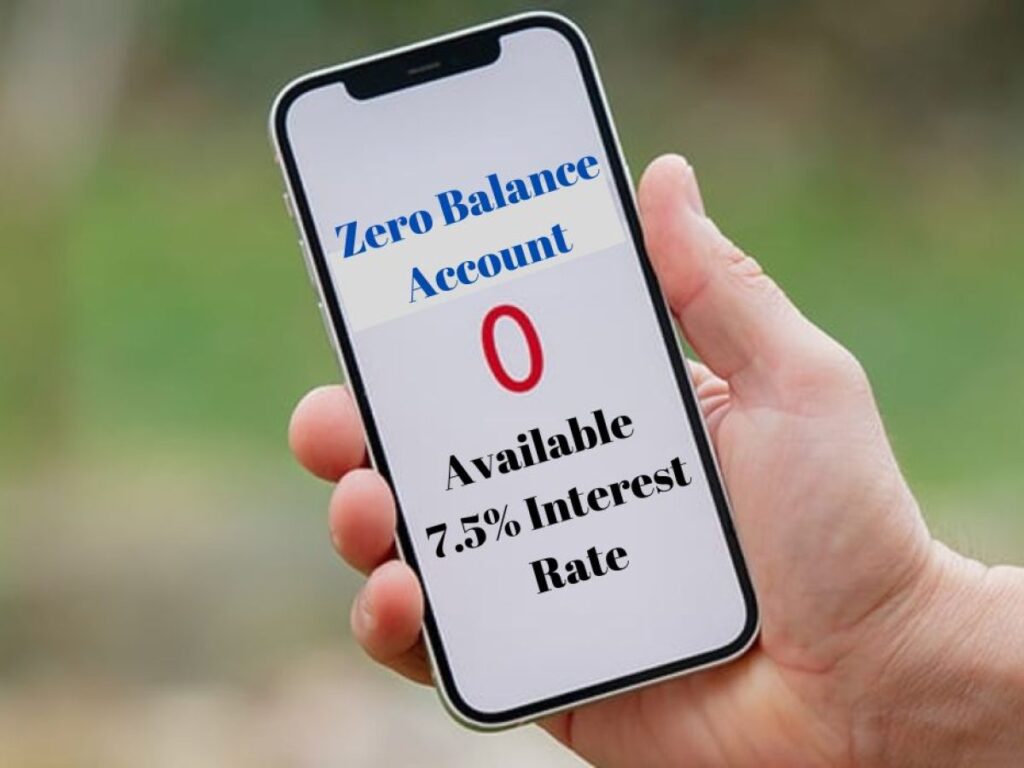
In recent years, zero balance accounts have gained a lot of attention. They have often been highlighted in ads as a simple, flexible way to handle everyday banking needs. Designed to lift the worry of maintaining a minimum balance, these accounts seem ideal for those seeking convenience.
But before jumping in, it’s worth taking a closer look at what they actually offer – and where they might fall short. Here’s an honest guide to help you weigh the pros and cons of zero balance accounts.
Table of Contents
What Are the Advantages of Opening a Zero Balance Account?
Besides no minimum balance requirement, here are the reasons why zero balance digital savings accounts are so popular:
Simple Cash Management
Zero balance accounts are designed with simplicity in mind. They generally come with fewer restrictions. It allows you to withdraw or deposit cash as needed without maintaining a certain balance. This is beneficial for individuals managing small or irregular cash flows. It offers more flexibility in day-to-day spending and saving.
Digital Banking Services
Zero balance accounts are digital-first, offering easy access to online and mobile banking. From checking balances to fund transfers, they help manage money on the go. They have added benefits like 24/7 customer support, faster transactions and secure banking solutions. This makes money management more efficient and accessible.
Financial Inclusion
Zero balance accounts are often part of financial inclusion initiatives aimed at making banking accessible to everyone. They are particularly helpful for low-income individuals, students and rural populations who might otherwise struggle with traditional banking requirements. By removing the minimum balance condition, these accounts enable more people to access banking facilities, promoting better financial literacy and security.

Source: informalnewz.com
What Are the Disadvantages of Opening a Zero Balance Account?
The following are some of the disadvantages of a zero balance account:
Limited Transactions
Zero balance accounts may come with restrictions on the number of free transactions allowed in a month, especially when it comes to ATM withdrawals, fund transfers or branch transactions. Exceeding these limits can result in fees, which might make the account less beneficial for those who need to make frequent transactions. For users with higher banking needs, these limits can be a constraint.
Limited Features
While zero balance accounts cover basic banking needs, they may lack some features. For instance, there might be limited or no access to services like overdrafts, high-interest savings options or investment tools. Some banks may also limit additional benefits like free chequebooks, debit card upgrades or even international fund transfers.
Risk of Mismanagement
Because zero balance accounts don’t have the requirement of a minimum balance, there’s a possibility of losing track of one’s spending. This leads to issues like overdraft fees if there are automated payments set up. Additionally, users may find it challenging to maintain a disciplined saving habit. This happens due to the freedom from balance requirements. Thus, encouraging unnecessary spending.

Source: informalnewz.com
Things to Keep in Mind When Opening a Zero Balance Account
- Some zero balance accounts come with fewer features. Look into the availability of services like chequebooks, debit cards, and interest rates.
- Check how many free transactions are allowed each month, including ATM withdrawals and fund transfers, as exceeding these can incur fees.
- Ensure that the bank provides adequate support, whether through branches, customer care or online channels, for a seamless banking experience.
Conclusion
All in all, it is up to you to choose whether a zero balance account fits your financial needs and habits. If you give importance to flexibility and ease of access, then it will be a perfect choice for you. Nonetheless, it is essential to understand the limitations and potential fees that come with it to ensure it aligns with your banking needs. Take a close look at the features, restrictions and support options to make the most informed decision.







